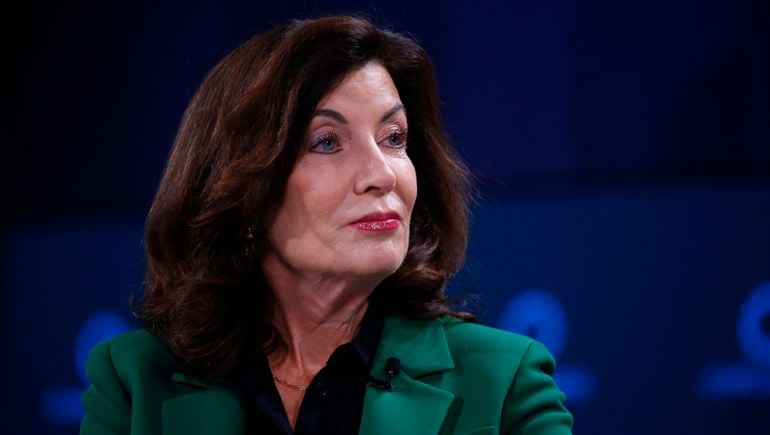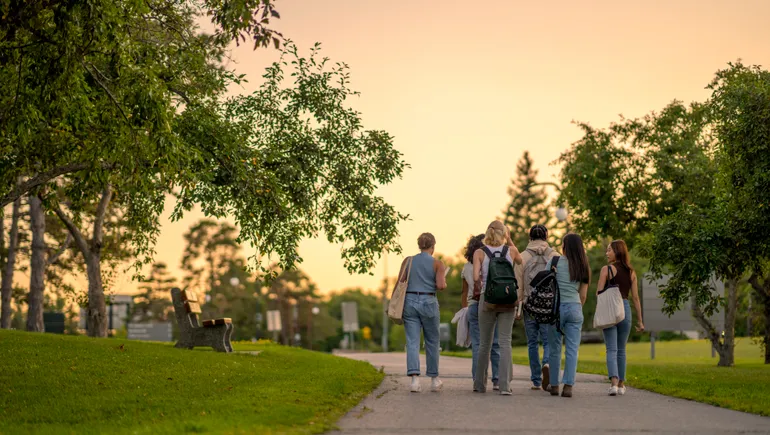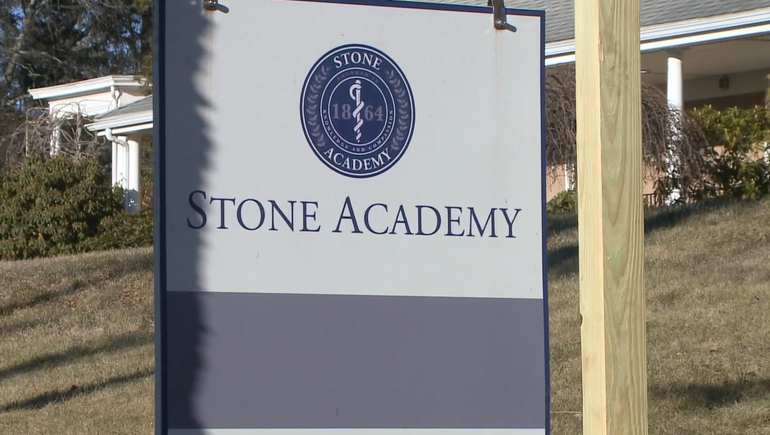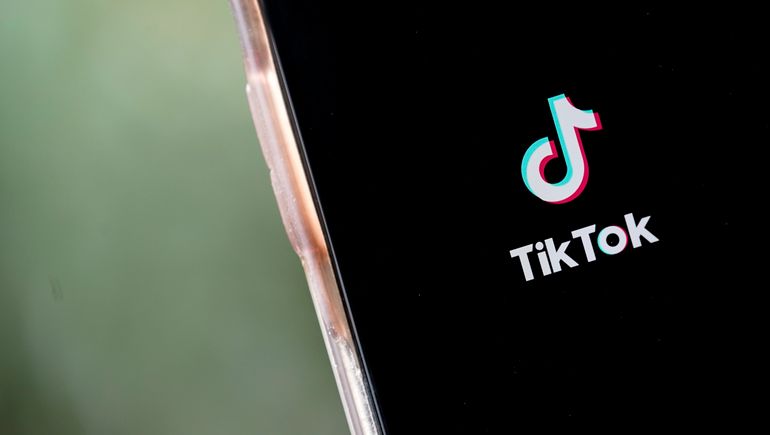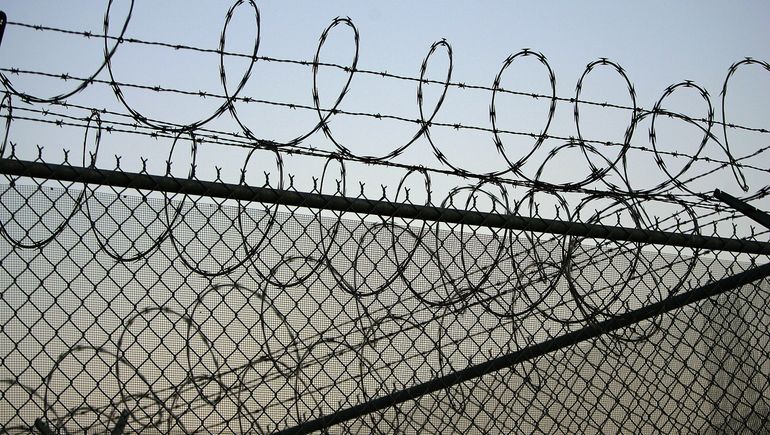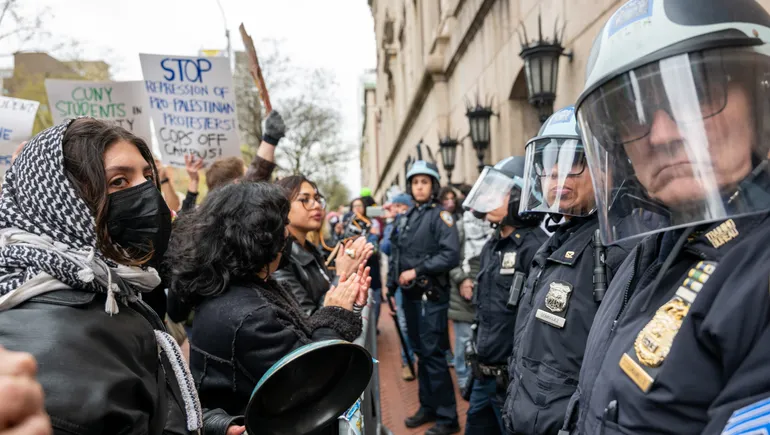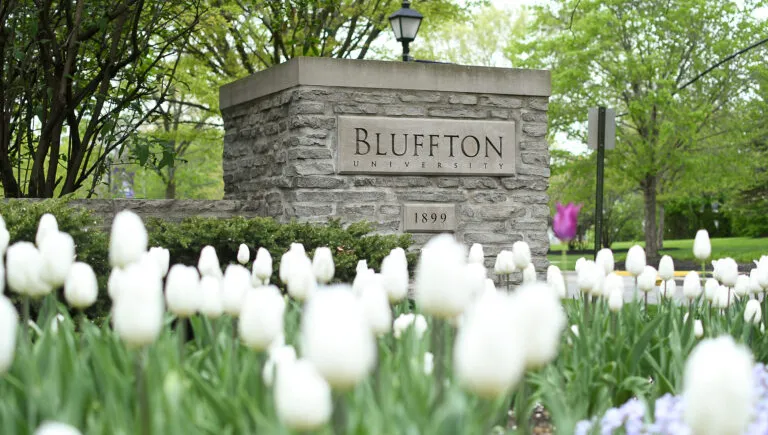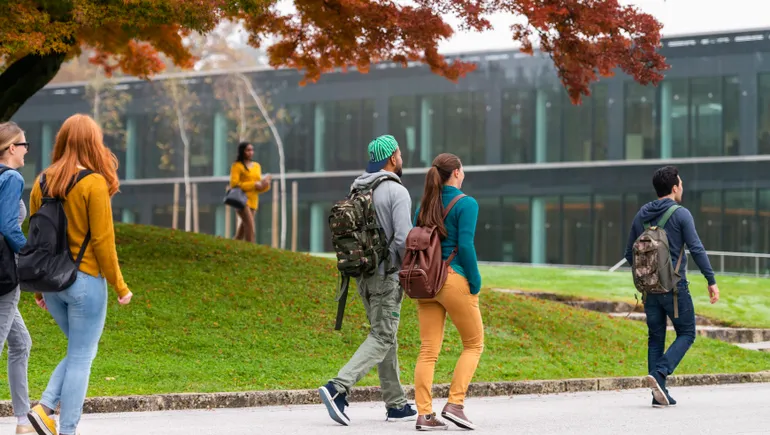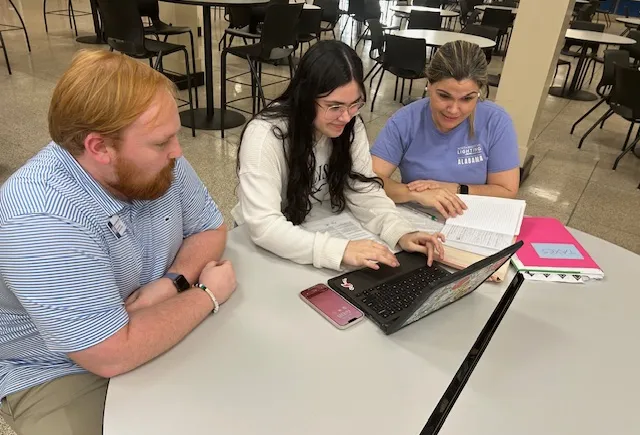[ad_1]
Early last January, New York Gov. Kathy Hochul unveiled a plan to strengthen the state’s sprawling 64-campus public higher education system, describing it in particularly ambitious terms.
It would be “transformative,” Hochul’s office said at the time, a blueprint that would clinch the State University of New York as “the best statewide system of public higher education in our nation.”
However, the vision and the benchmarks tied to it were too aspirational for some higher ed scholars.
They questioned: How could SUNY’s enrollment reach 500,000 students after it nosedived by more than 20% in a decade? After all, the state’s pool of traditional-age college students continues to shrink, and institutions nationwide haven’t bounced back from a pandemic-era enrollment crash.
And how could Stony Brook University and the University at Buffalo, or UB, which Hochul last year ordained as flagship institutions, reap $1 billion each in annual federal research funding by 2030? The governor has made piecemeal investments in this area, like millions of dollars for STEM facilities at UB, but the $1 billion target is more in line with research funding levels of prestigious institutions like John Hopkins University and the University of California, Berkeley.
Higher ed experts and faculty leaders say Hochul’s goals require an influx of public funding to achieve. They appear to have progressed minimally in the year-plus since she announced them.
Hochul has expressed optimism about the system’s future, though, especially with the installation of John King, a former U.S. education secretary and New York education commissioner, as its new chancellor. She and some observers say King was the missing piece needed to pull Hochul’s plan together.
A spokesperson for the governor, John Lindsay, responded to questions about the feasibility of Hochul’s plan with an emailed statement.
“Governor Hochul has a bold vision to transform SUNY and secure its status as the best and most equitable public system of higher education in the country,” Lindsay said. “Governor Hochul has announced historic investments in SUNY, and welcomed the appointment of former U.S. Secretary of Education John King as Chancellor, who will continue the full implementation of her vision for the system.”
What’s the problem with SUNY?
While SUNY is the largest comprehensive public higher ed system in the U.S., it has suffered from trends ravaging college enrollment across the nation.
Falling birth rates cut into the number of high school graduates matriculating to the system overall, but its community colleges in particular began shedding students after the Great Recession. Fewer students tend to enroll at community colleges during periods of economic prosperity due to more plentiful work opportunities.
SUNY community college enrollment plummeted by about 34% since fall 2012, down to 159,333 students in fall 2022.
Compounding the systemwide enrollment drop was the spread of COVID-19, which led to an economic contraction that defied previous trends and hammered community colleges’ headcounts the hardest.
Postsecondary education is just now seeing hints of recovery, with undergraduate enrollment dipping only slightly, 0.6%, from the previous year, recent National Student Clearinghouse Research Center data shows.
All of these complications have left SUNY fighting for students — not just in New York’s mammoth higher ed market that includes big-name colleges like Columbia and Cornell universities, but also among its own institutions.
SUNY’s most prominent institutions, like University of Buffalo, have drawn student interest away from other of its campuses, said Nathan Daun-Barnett, a UB educational leadership and policy professor.
UB has been able to weather the enrollment downturn by accepting students it normally would not with slightly weaker academic records, Daun-Barnett said. This is an option most SUNY institutions don’t have, as they aren’t brimming with applicants.
What’s in a plan?
Part of Hochul’s strategy entails redefining institutions’ roles within the system, like lifting up UB and Stony Brook as flagships.
Investing in those institutions — along with the other two SUNY “university centers,” University at Albany and Binghamton University — remains a large focus of the plan. University of Albany and Binghamton have been charged with receiving $500 million each year in research funding.
The idea is that “a rising tide lifts all boats,” and every SUNY institution will eventually benefit from the four universities having leading national profiles, said Nancy Zimpher, who was system chancellor from 2009 to 2017. Zimpher now works at the National Association of System Heads, helping direct its Power of Systems program, a coalition of public institutions aiming to solve some of higher ed’s most pressing problems.
Ideally, UB and Stony Brook would compete with major public research institutions like the University of Michigan, said Daun-Barnett.
Michigan’s flagship attracts huge contingents of out-of-state and international students, who generally pay higher tuition rates. If more of those types of students came to the two New York flagships, it would bolster their finances, and the boosted enrollment could spill over to other SUNY institutions, Daun-Barnett said.
The system is devising “cascading” admissions in which students who were turned down at one SUNY institution could be admitted at another.
SUNY’s application numbers are up, though it credits this in large part to a recent two-week fee-waiver program. It announced a “historic” application increase for fall 2023 — from 97,257 applications the previous year to 204,437 — a 110% jump as of November. SUNY also saw 70% more out-of-state applications.
Hochul and the system are banking on King to keep this momentum going. They have lauded his experience as federal education secretary and his intimate knowledge of New York as its former education commissioner — though he did depart the state as an unpopular figure who pushed through controversial K-12 policy reforms.
Hochul’s plan changes the way SUNY has operated for years, under a “systemness” model that stresses its power as a unit, an approach Zimpher championed.
The governor’s ideas don’t erode “systemness,” but rather weaves together distinct institutions to their advantage, Zimpher said. She said King, who specializes in “collective impact,” is well-prepared to guide that work.
Zimpher envisions SUNY taking students through each stage of their academic careers, from community college to an advanced degree, which she said will require tighter partnerships among the institutions. SUNY can construct these types of frictionless transfer agreements because it has “everything under one roof,” as opposed to somewhere like California, where its community colleges must iron out transfer rules with its two separate four-year public systems, Zimpher said.
However, concerns have arisen about the research emphasis and flagship designations, specifically that they would spur more institutional infighting. Shortly after Hochul announced her design for SUNY, two state lawmakers wrote to her that University of Albany and Binghamton should also be made flagships — or the system should have none at all.
Haves and have nots
In some ways, Hochul’s plan has drawn attention to deep financial disparities between institutions such as the newly designated flagships — whose enrollments have held steady for years — and those with deficits.
Frederick Kowal, president of the United University Professions union that represents broad numbers of SUNY faculty, said at least 19 campuses have “severe financial troubles.”
SUNY Fredonia, for instance, is projected to have a budget gap as high as $16 million.
“There’s a class distinction between those university centers and the comprehensive colleges and the other campuses,” Kowal said. “I see that as a potential problem.”
Hochul’s initiative does not create a fund for these distressed campuses, a program the union has requested. Nor has she proposed a significant increase in SUNY’s general operating budget.
SUNY’s 10-year falling enrollment coincided with essentially unchanged state support, which followed Great Recession-era cuts that reflected patterns across the rest of the country.
Public higher ed leaders across the country often blame middling state support for financial woes. Observers of the Pennsylvania State System of Higher Education, for instance, named low state funding as the culprit for its rocky financial situation that led to recent mergers of six of its institutions into two.
Daun-Barnett, the UB professor, said he fears similar consolidations for SUNY should its financially stricken campuses not get state help.
King, however, said that the New York government under Hochul has made “down payments” in SUNY.
He pointed to Hochul earmarking $53 million last year for hiring new full-time faculty across 30 campuses, as well as $60 million for stemming the enrollment bleeding and creating new academic programs. In her 2024 budget proposal, Hochul floated creating an endowment matching fund for the four university centers — UB, Stony Brook, Binghamton and Albany — in which the state will give $1 for every $2 in private contributions, up to $500 million.
Her budget plan preserves spending for community colleges at last year’s levels. The community colleges under the state’s funding formula faced a decline in appropriations.
“We’re headed in a really good direction,” King said.
However, the budget proposal also authorizes SUNY to bump tuition by 3% at most SUNY colleges or 6% at the university centers. The university centers could keep raising tuition for five years, a cap of a 30% increase.
This raised the eyebrows of some students and college access advocates.
They questioned the wisdom of SUNY — which caters to moderate-income students and is known for affordability — hiking tuition, especially in the aftermath of the COVID-19 crisis. Higher prices could further dampen enrollment.
King said the proposed tuition increases are modest and that more than half of full-time students do not pay tuition because of federal Pell Grants or state assistance. New York recently broadened one of its financial aid funds, the Tuition Assistance Program, so that part-time students taking between six and 11 credits qualify.
He said he still feels Hochul’s goals, including the 500,000 student enrollment benchmark, are attainable — “over time.”
King rattled off a solution familiar to higher ed leaders discussing enrollment troubles — that SUNY has yet to fully tap into a market of stopped out students with some credentials but no degree. Adult students will also need upskilling and may want microcredentials, he said.
“The board of trustees is in alignment with the goal of making SUNY the best public university system in the world,” he said.
[ad_2]
Source link

